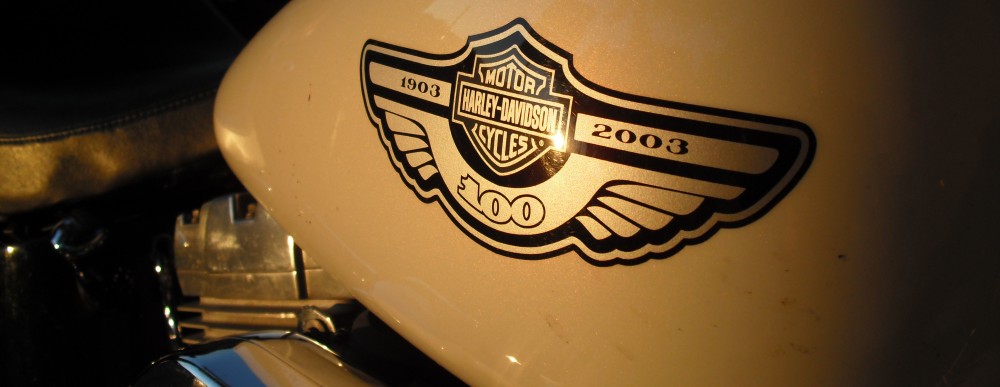Living here in Cornwall, at the extreme South West of the UK, I am frequently reminded just how lucky I am to be a resident in one of the most beautiful parts of our country. Actually I go a bit further, just living in our country is pretty OK too..despite Brexit and a host of other things!
You see the thing about Cornwall is that it’s a land of moods and a matter of choosing what you fancy today. If you want rugged cliffs and stunning coastal vistas, then head for the North Coast. High Tors and rolling moorland are on Bodmin Moor, whilst more pastoral scenery nestles on the banks of the River Tamar and the Roseland Peninsular. Not forgetting the sun-kissed miles of golden sand and some of the best surfing in the world at Gwithian and Praa Sands….we’ve got most needs covered!
The other thing that we’ve got in abundance is history, it’s everywhere and again there’s something for everyone’s interest, from the Stone-Age to Twentieth Century stuff via the Middle Ages and the Industrial Revolution.
So when the opportunity comes up to mix a couple of these points of interest together and throw in a bit of motorcycling, Dookes is always available…! So last Monday I started up Harls and hit the road.
Over on the North Coast, about 20 miles from Dookes H.Q. stands the bastion of Tintagel Castle. Perched on a high cliff-top above the wild Atlantic waves these mysterious and evocative ruins are, legend says, the birthplace of the mythical King Arthur.
The reality is a bit different, in that the remains of the castle we see today were built in the 13th Century by Richard, Earl of Cornwall, who was brother to King Henry III. On the headland where this medieval castle was constructed evidence exists to show that the area had been inhabited for many hundreds of years previously. The problem is that no-one really knows what was happening here!
You see, apart from the 13th Century castle, the only other remains have been dated from what were once euphemistically referred to as “The Dark Ages.”
At this point I can almost hear the sharp intake of breath from various archaeological friends…these days, apparently, we must say “Early Middle Ages!” All I know is that it was a bloomin’ long time ago, between the 5th to the 10th Centuries to be precise!
One of the reasons that this period gained it’s “Dark” moniker is that following the decline of the Western Roman Empire very little literature or cultural output occurred and few relics have been found, especially in North West Europe; that’ll be here then!
Since the 1930’s Tintagel has been subject of a number of archaeological investigations into its unknown “bits,” that’s the stuff not including Richard’s castle. The view as to what was going on has varied from; Monastery, Trading Port and has now shifted to “possibly a Royal Palace,” delete as applicable and the mood takes you!
This summer staff and volunteers from the Cornwall Archaeology Unit have been undertaking a “Dig” to try to piece together some of the jigsaw. They were building on work that had been started last year, following a new geophysical survey of the headland that had given some interesting pointers where to start digging.
To say what they have found is impressive sort of depends on your viewpoint, but certainly there’s been a lot of hard work put in to uncover another tantalising glimpse into the past. Hence why I popped into to see for myself.
The excavation site lies on the very Southern edge of Tintagel headland, in a sheltered spot under the lee of higher inland cliffs. The view our 6th Century ancestors had can’t have changed very much and must have been as impressive as today.
The dig team have unearthed substantial remains of walls, giving an interesting perspective of what must have been a most impressive structure. What exactly it was, remains to be unearthed, if you’ll excuse the pun, but being positioned on a sloping cliff-side I’m not at all surprised that it’s walls were substantially built!
Amongst the stones they have also found a veritable treasure trove of pottery shards, oyster shells, animal bones, charcoal, fragments of glass and possibly the remains of a metal blade.
The media have been quick to enthuse that this “suggests” that “early Cornish Kings” once lived and dined lavishly at this place… only it doesn’t – and that came from one of the archaeologists! 
What it really does is add more weight to Tintagel being an important trading point; precious local metals out; wine, oil and spices in.
It was fascinating to talk to some of the team and watch them at work. There’s clearly a lot more to be discovered and here’s hoping that they will be back next year to keep digging. I spent a happy couple of hours on site and left with a head more full of questions than answers, but archaeology is like that.
Then it was time to fire up Harls and head home… and take a lot longer route than the 20 mile hop to get to Tintagel!
Catch you soon.
Dookes




It looks like such an interesting place to be involved with D. I find places like this fascinating. Love your photographs too – the show the scale of the place perfectly.
LikeLiked by 1 person
Let’s just say I have inside knowledge!😂😂😂
It is an amazing place and has so many secrets that it’s not given up yet! I’m pleased that you like the photos too.
D
LikeLike
Loved this post Dookes! There’s nothing I love better than beautiful views and ancient (and semi-ancient) history! Great pictures too…
LikeLike
Thanks AGMA, I’m glad you liked it and yes Tintagel is a very special place.
LikeLike